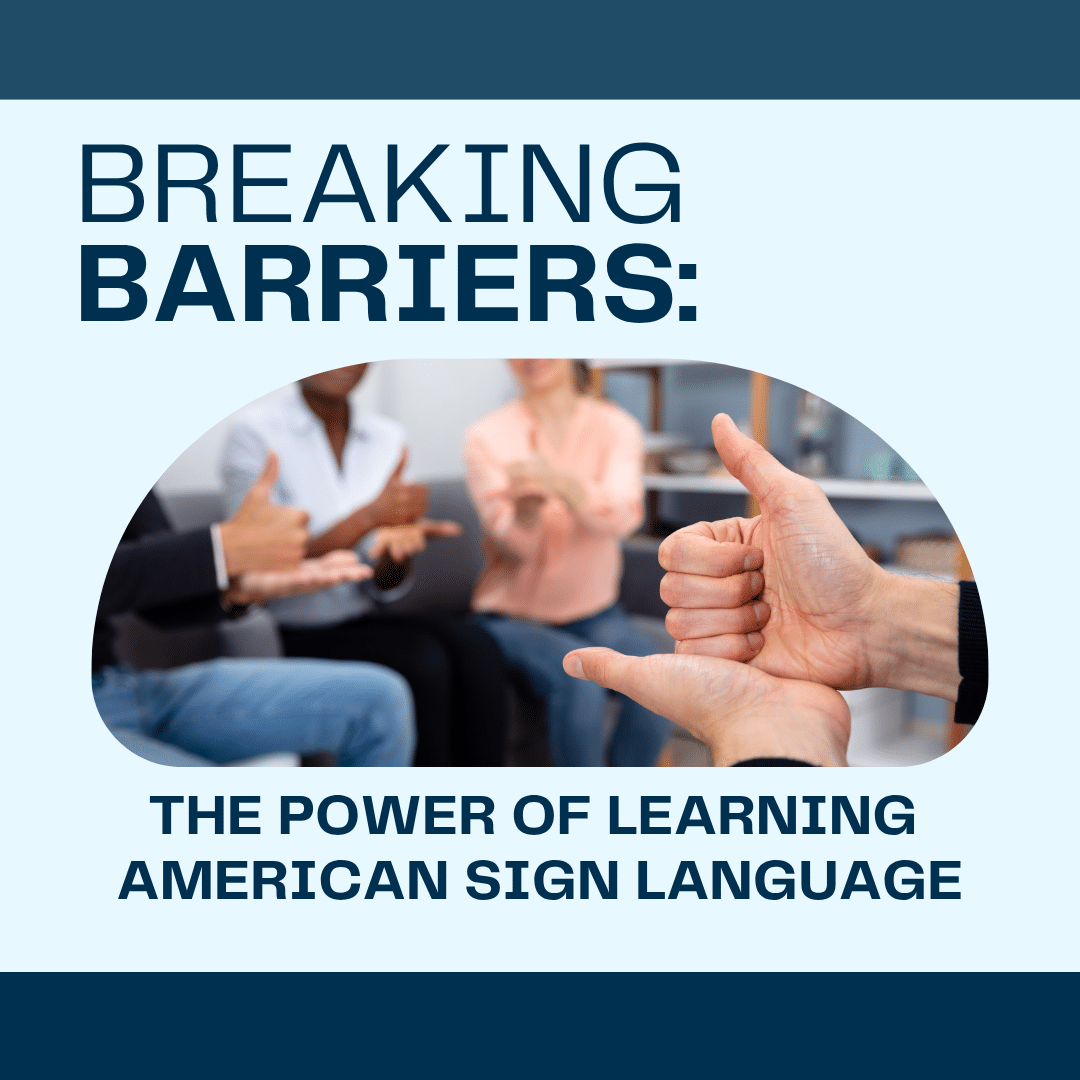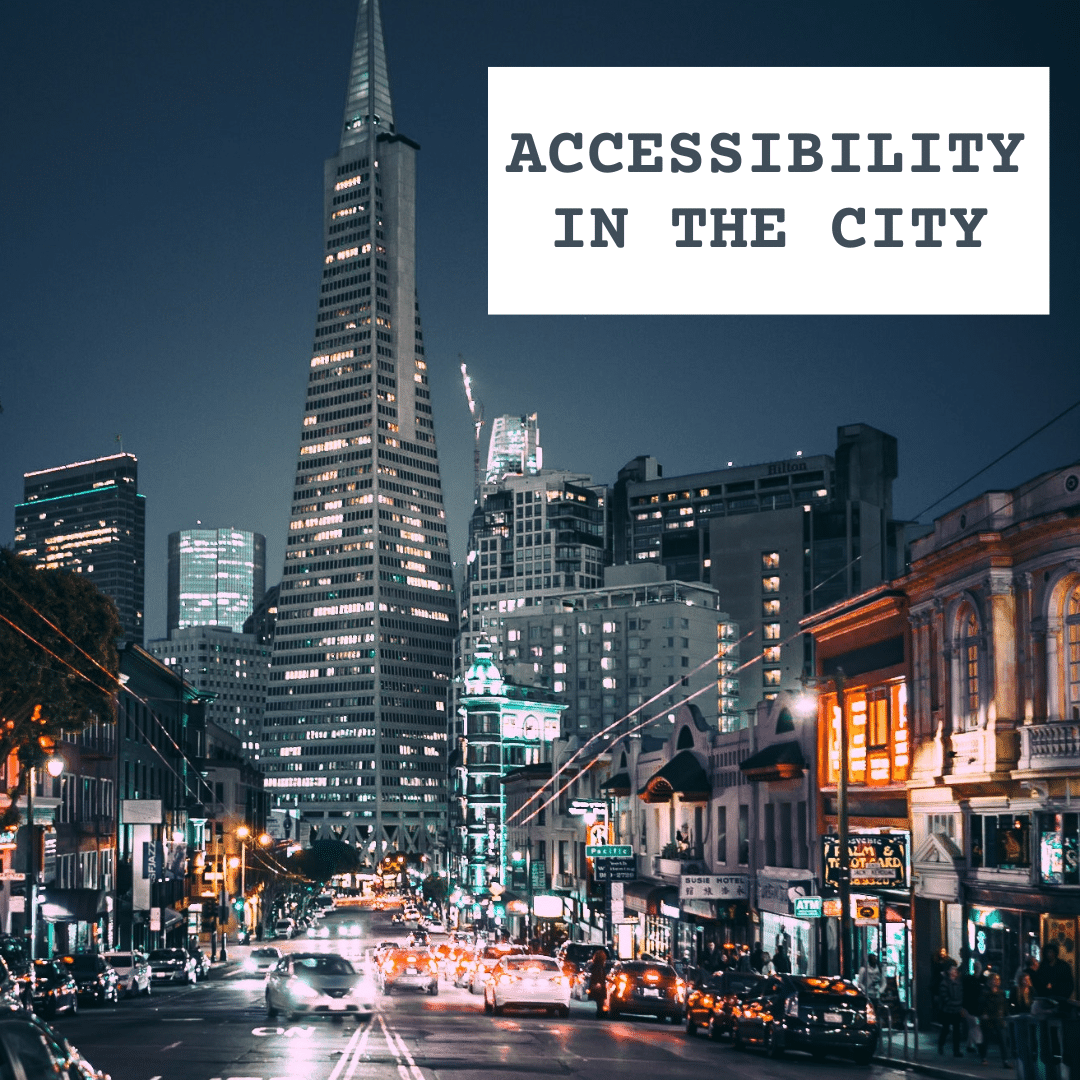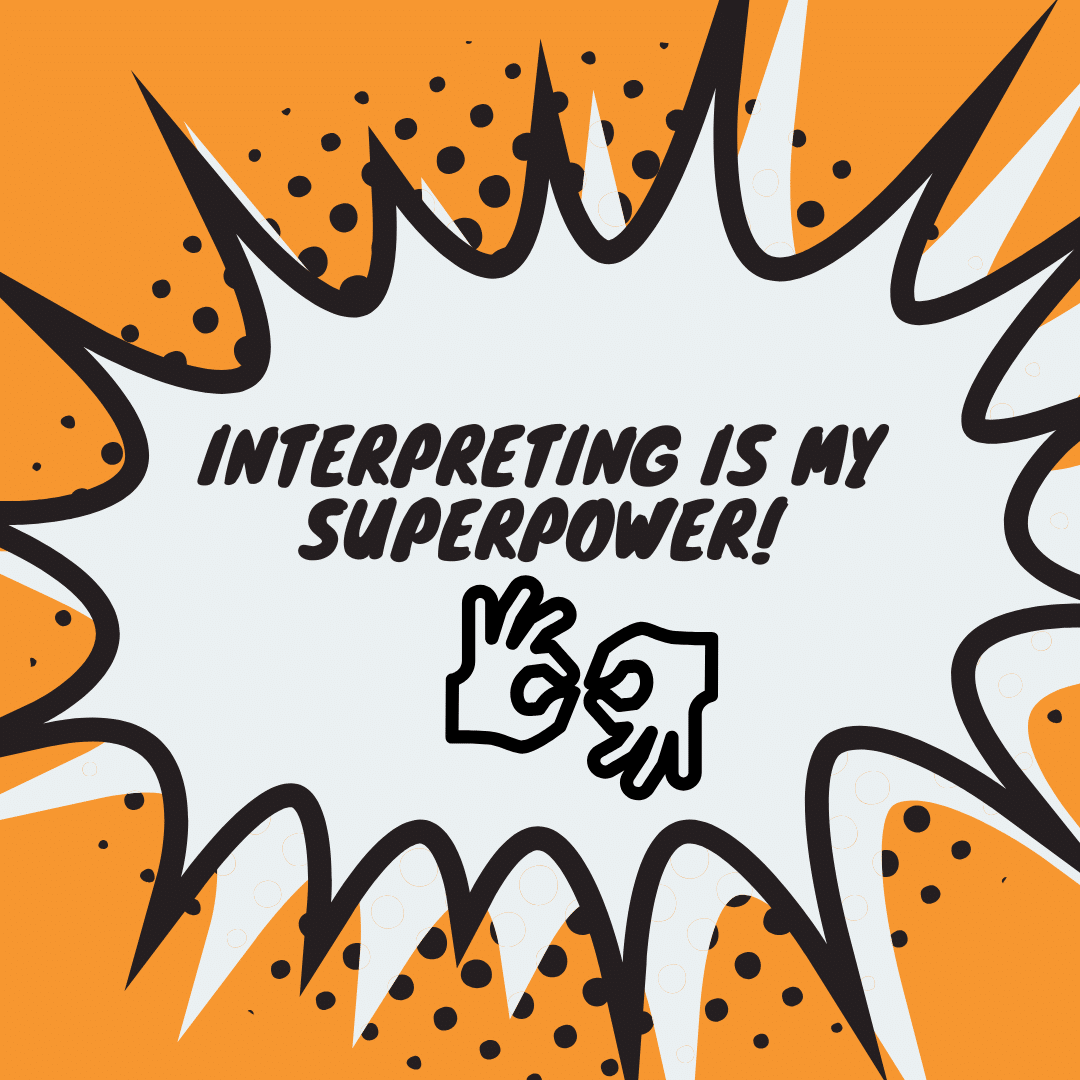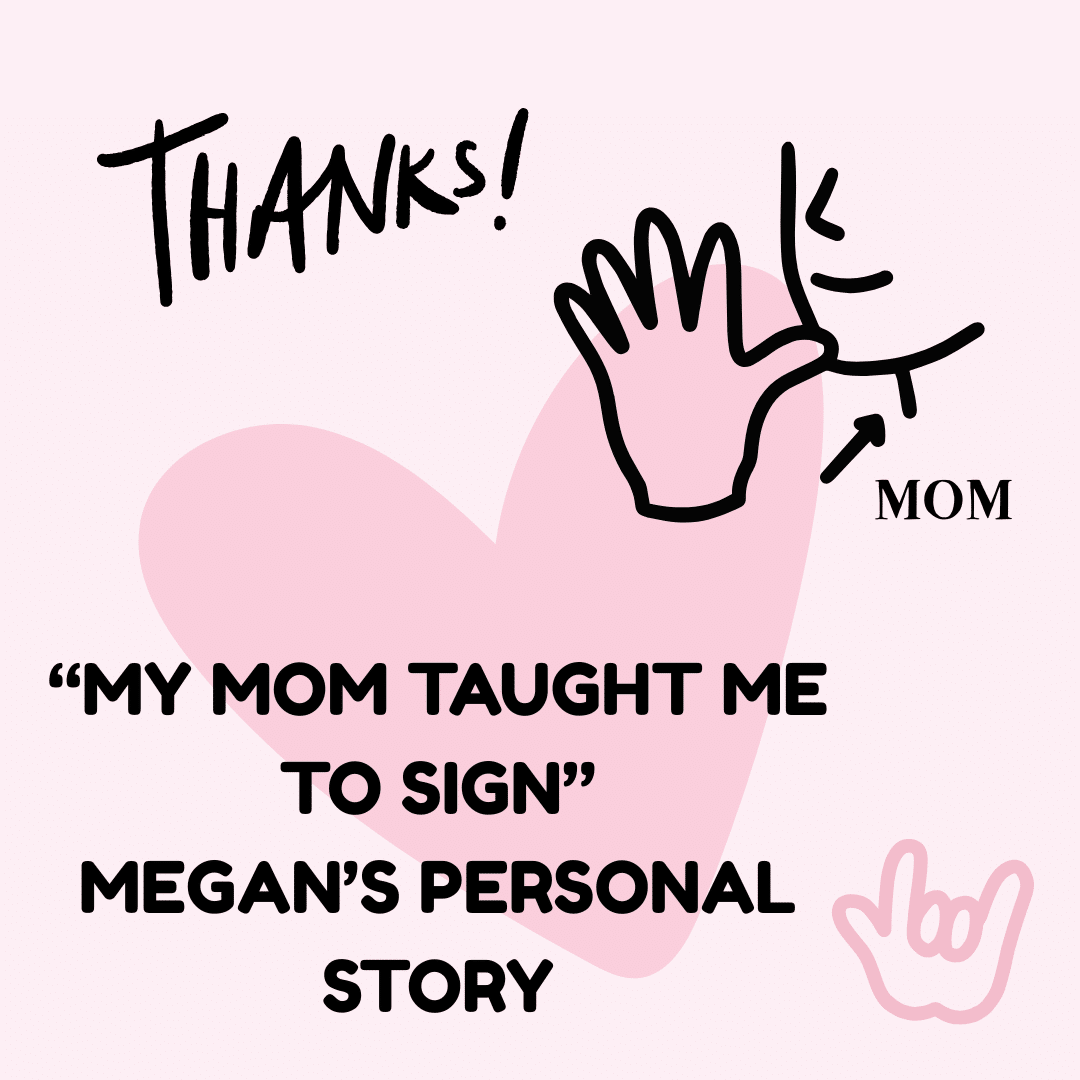
The Differences Between ASL and Signed English (SEE): Why Choosing ASL Supports True Communication
- by Start ASL
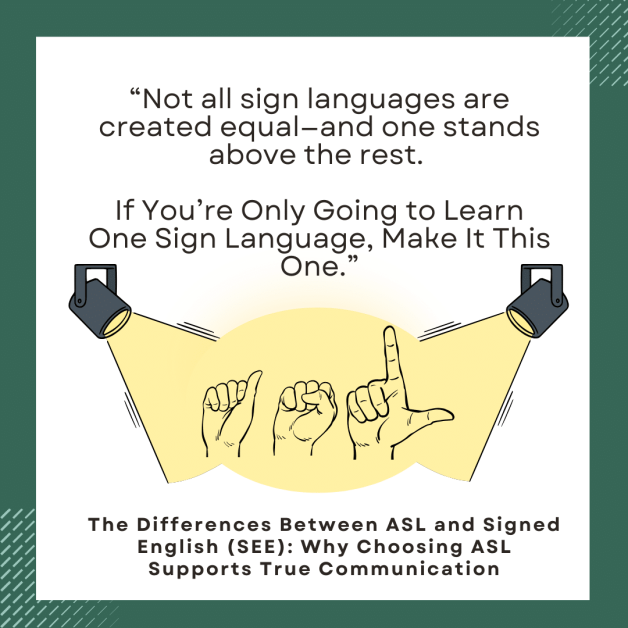
In the United States, when people think of sign language, they often assume there’s just one system used by Deaf and hard-of-hearing individuals. In reality, multiple signing systems exist, two of the most prominent being American Sign Language (ASL) and Signed Exact English (SEE). While both systems use the hands, face, and body to communicate, they are fundamentally different. These differences go far beyond grammar or vocabulary—they speak to deeper issues of culture, identity, an d communication effectiveness.
ASL is more than just a tool; it is a complete, natural language with a deep cultural foundation. SEE, on the other hand, is a constructed system aimed at replicating English in a visual format. While SEE was developed with good intentions—namely, to support English literacy—it falls short in fostering meaningful communication and cultural identity. In this article, we’ll explore the differences between ASL and SEE and make the case for why ASL should be prioritized in both education and everyday communication.
What Is American Sign Language (ASL)?
American Sign Language is the natural, visual language of the Deaf community in the United States and parts of Canada. ASL has its own grammar, syntax, idioms, and cultural nuances. It is not simply a way to represent spoken English using the hands; it is a complete and distinct language in its own right.
ASL evolved organically over centuries, influenced by French Sign Language, regional sign systems, and community usage among Deaf individuals. It is recognized by linguists as a legitimate language, complete with linguistic features like morphology (word formation), syntax (sentence structure), and pragmatics (language use in context).
What Is Signed Exact English (SEE)?
Signed Exact English, or SEE, is a manually coded system developed in the 1970s to help Deaf children learn English. SEE uses hand signs to represent English words and grammatical markers (such as “-ing,” “-ed,” and auxiliary verbs like “is” and “are”). It mirrors English word-for-word, including articles and prepositions, and is often used in educational settings to teach reading and writing.
Unlike ASL, SEE is not a naturally occurring language. It was invented with the specific goal of improving English literacy among Deaf students, based on the assumption that mirroring English visually would enhance reading and writing skills.
Key Differences Between ASL and SEE
- Grammar and Syntax
- ASL has a unique grammar structure that does not align with English. It often follows a Topic-Comment structure and uses facial expressions, body shifts, and spatial referencing to convey meaning.
- SEE follows English grammar and word order precisely, regardless of whether this feels natural or efficient in signed communication.
For example, the sentence “I am going to the store” would be expressed in ASL as “STORE I GO,” often accompanied by facial expressions to show intent or timing. In SEE, every single word—including “am,” “to,” and “the”—would be signed in English order.
- Language vs. Code
- ASL is a natural language—it evolved naturally and is used for everyday communication among native users.
- SEE is a manual code—an artificial system designed to transcribe spoken English into signs.
This distinction is vital. Natural languages like ASL allow for organic language development, cultural expression, and intuitive communication. Codes like SEE may serve a practical purpose but often lack nuance, efficiency, and authenticity.
- Cultural Identity
- ASL is deeply embedded in Deaf culture. It is a source of pride, identity, and community. Using ASL connects individuals to a rich history and a shared sense of belonging.
- SEE lacks cultural significance. It is primarily a pedagogical tool and is rarely used outside educational or therapeutic contexts.
To truly communicate with Deaf individuals—not just convey English visually—one must understand the culture. That means using ASL, not SEE.
- Expression and Visual Richness
- ASL makes full use of the visual-manual modality. Facial expressions, hand shape, palm orientation, location, and movement all contribute to meaning.
- SEE often appears rigid and less expressive because it’s limited to spelling out English concepts without leveraging the visual-spatial strengths of signed languages.
ASL allows signers to convey emotion, tone, sarcasm, urgency, and more—all visually. SEE, being bound by English grammar, simply can’t match that level of expressiveness.
The Case for Prioritizing ASL
- ASL Supports Natural Language Development
Language acquisition is foundational to cognitive and social development. Children who are exposed to a complete natural language early in life—whether spoken or signed—tend to develop stronger cognitive skills, better emotional regulation, and more robust literacy later on.
Research has shown that Deaf children who learn ASL as a first language outperform those who rely solely on SEE or speech-based systems when it comes to language fluency and educational outcomes. SEE, because it is a code and not a language, may delay true language acquisition if used exclusively.
- ASL Leads to Better Academic Outcomes
Contrary to the initial assumptions behind SEE, studies now show that strong ASL skills support, rather than hinder, English literacy. Bilingual education models that teach both ASL and English show promising results: children who develop fluency in ASL often become better readers and writers in English.
Why? Because they have a solid foundation in language. Once that foundation is built—through ASL—they can more easily transfer skills like vocabulary, storytelling, and grammar into written English.
- ASL Builds Community and Belonging
Language is more than communication—it’s connection. Deaf individuals who grow up using ASL often experience stronger ties to the Deaf community and culture. These social bonds foster emotional well-being, identity formation, and mutual support.
SEE does not offer the same cultural immersion. While it may help bridge some gaps between hearing and Deaf individuals, it does not provide the same deep-rooted community experience that ASL does.
- ASL Is Widely Recognized and Used
ASL is recognized as an official language in many U.S. institutions. Universities offer degrees in ASL and interpreting. State certification programs test interpreters’ ASL skills, not SEE. Most Deaf individuals in the U.S. use ASL daily in homes, workplaces, and social settings.
In contrast, SEE is used mainly in classrooms and often only temporarily. Once Deaf students leave school, they typically shift to ASL for real-world communication.
Common Misconceptions About SEE and ASL
“SEE is easier because it’s based on English.”
At first glance, SEE may seem easier to learn for English speakers because of its one-to-one word mapping. But this approach overlooks the fact that language learning isn’t just about vocabulary—it’s about fluency, context, tone, and interaction. ASL, while different from English, allows for more natural, intuitive communication once you learn its patterns.
“SEE helps Deaf kids learn to read.”
SEE was intended to improve literacy, but research increasingly shows that early access to a full language (like ASL) is a better predictor of literacy success. Trying to force English structure onto a visual modality may actually slow down language development.
The Role of Educators and Parents
Teachers and parents of Deaf children are often encouraged to use SEE because it’s perceived as a stepping stone to English literacy. But many experts now advise the opposite: Start with ASL. Give children access to a rich, fully developed language from the beginning. Then, introduce English as a second language.
Parents may worry that learning ASL is too difficult or that it will isolate their children from the hearing world. In reality, ASL does the opposite—it empowers Deaf children to think, express, and connect. Hearing parents who learn ASL also benefit from deeper bonds with their children.
Choose Language, Not Code
While SEE has served as a bridge for some, it is not the future of Deaf education or communication. It lacks the richness, depth, and cultural connection that American Sign Language provides. ASL is not just a tool for communication—it’s a living, breathing language that reflects the values, history, and identity of an entire community.
In choosing how we educate, communicate with, and support Deaf individuals, we must prioritize what truly serves their development and inclusion. That means recognizing the full value of ASL—not as a supplement to English, but as a language deserving of its own space, respect, and use.
When we choose ASL, we choose empowerment, inclusion, and linguistic justice.
The Differences Between ASL and Signed English (SEE): Why ASL Is the Better Choice
When people think of sign language in the U.S., they often assume there’s just one system. In truth, there are several, with American Sign Language (ASL) and Signed Exact English (SEE) being the most commonly discussed. While both involve using the hands, face, and body to communicate, they are fundamentally different in purpose, structure, and cultural significance.
In this post, we’ll explore the key differences between ASL and SEE—and explain why ASL is the more powerful, inclusive, and effective choice.
What Is ASL?
American Sign Language (ASL) is a complete, natural language used by many Deaf and hard-of-hearing people in the U.S. and parts of Canada. It has its own grammar, syntax, and cultural roots. ASL isn’t a translation of English—it’s its own language, developed organically through generations of Deaf communities.
What Is SEE?
Signed Exact English (SEE) is a system developed in the 1970s to visually represent spoken English. It was designed to help Deaf children learn English by representing every word, suffix, and grammatical element using signs. SEE is not a natural language; it’s a tool built to mirror English in visual form.
Key Differences Between ASL and SEE
1. Grammar & Syntax
- ASL: Uses its own grammatical rules and sentence structure (e.g., “STORE I GO”).
- SEE: Follows English word order exactly, signing every word in a sentence (e.g., “I am going to the store”).
2. Language vs. Code
- ASL: A natural, fully developed language.
- SEE: A constructed system to visually represent English.
3. Cultural Relevance
- ASL: Deeply tied to Deaf culture, identity, and history.
- SEE: Lacks cultural roots; used primarily in educational settings.
4. Visual Expression
- ASL: Rich in expression, using facial cues, body language, and spatial referencing.
- SEE: More rigid and linear, focusing solely on English representation.
Why ASL Deserves Priority
✅ ASL Supports Natural Language Development
Children need early exposure to a complete language for healthy cognitive, emotional, and social growth. ASL provides that. SEE, while well-intentioned, can actually delay natural language development when used alone.
✅ ASL Enhances English Literacy
Contrary to old assumptions, research shows that fluency in ASL supports reading and writing skills. A strong first language gives Deaf children the foundation they need to acquire additional languages—including English.
✅ ASL Builds Identity and Community
ASL isn’t just a language—it’s a lifeline to culture, belonging, and identity. Deaf individuals who grow up with ASL often report stronger self-esteem, community connection, and academic confidence.
✅ ASL Is Widely Used and Recognized
ASL is used in daily life, education, interpreting, and even recognized as a foreign language in many schools and universities. SEE, in contrast, is mostly confined to classrooms—and often abandoned as Deaf children grow older.
Common Misconceptions
“SEE is easier because it follows English.”
True, SEE mirrors English—but language is more than vocabulary. ASL provides a more natural and intuitive way to communicate visually.
“SEE helps Deaf children read better.”
The latest research suggests the opposite: Deaf children fluent in ASL often outperform their SEE-using peers in reading comprehension. ASL supports overall language acquisition, which is the real key to literacy.
What Parents and Educators Should Know
If you’re raising or teaching a Deaf child, consider this: language deprivation is real, and waiting for speech or SEE to “click” can cost valuable developmental time. By starting with ASL, you’re giving your child access to a real language from the start.
Later, English can be introduced through reading and writing—just as hearing children learn to read and write after learning to speak.
Final Thoughts: Choose Language, Not Code
While SEE may help some children bridge English concepts, it is not a substitute for a real, living language. ASL offers the expressive power, cultural depth, and community connection that SEE simply can’t provide.
By choosing ASL, we’re choosing:
- Real communication
- Community and identity
- Stronger educational outcomes
- Inclusion and empowerment
Start Learning ASL Today!
 Ready to start learning real American Sign Language and not just basic signs? Do you want to be a part of the vibrant Deaf community? Check out our Free ASL 1 Course or our Complete 4-Level ASL Course options and start learning ASL today!
Ready to start learning real American Sign Language and not just basic signs? Do you want to be a part of the vibrant Deaf community? Check out our Free ASL 1 Course or our Complete 4-Level ASL Course options and start learning ASL today!

